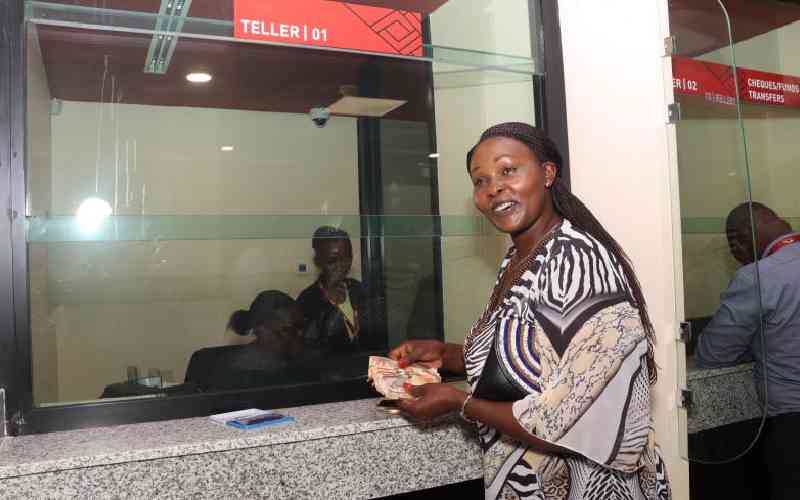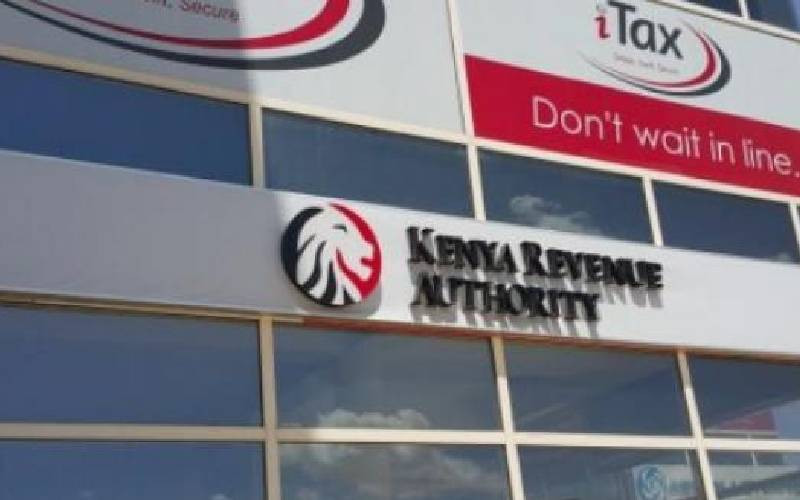Parliament passed the Banking (Amendment) Bill, now famously referred to as the Jude Njomo Bill that seeks to cap interest rates. If the Bill becomes law, the maximum lending rates in our commercial banks will be 4 per cent above the Central Bank Rate (CBR) which currently stands at 10.5, while the minimum deposit rates will be 70 per cent of CBR. In today's world, this would put interest on deposit at 7 per cent and interest on loans at 14.5 per cent.
It is an open and sad fact that borrowing rates in Kenya are among the highest in the world. It is equally true that the spreads between deposit and lending rates are ridiculously wide. Both are indefensible as they are unsustainable. In fact they are unacceptable. Status quo cannot hold. We cannot continue holding aloft our bragging rights as a middle income economy while tears from our borrowers—especially Small and Medium Enterprises (SMEs)—continue to drown our banking halls and banks continue to make super normal profits. On that I concur with my colleague Jude Njomo.
However, using legislative caps as the remedy is not the solution. It looks good from far but it is actually far from good. History has shown time and time again that once the doors of liberalisation and open markets are opened, trying to close them creates far more destructive and disruptive effects than the problem you would be attempting to solve. That is why liberalisation of economies ought to be accompanied by strong resolve and visionary leadership by governments and its institutions to mitigate the extremes invariably caused by free market dynamics.
Much as we try to hide it, the Kenyan banking sector is a ticking time bomb. Any careless tinkering with policies let alone legislation can trigger a financial crisis of Bohemian proportions within no time. Today we have 6 banks—referred to as Tier 1 banks—that control at least 5 per cent market share individually and 45 per cent collectively. Then there are 16 Tier 2 banks with between 3 to 5 per cent individual market share. Collectively they control 23 per cent of the market. From this you can see that the top 22 banks control 68 per cent of the market share.
Then we have 26 other Tier 3 banks controlling 32 per cent of the market share. This is the real time bomb. On average Tier 1 banks depend on normal customers deposits up to 80 per cent while some Tier 2 and all Tier 3 are funded 75 per cent through term deposits from government agencies and institutional investors. These term deposits attract rates of over 18 per cent currently. If the Njomo Bill was to become law today, some Tier 2 and all Tier 3 banks would have to pay deposit rates much higher than the lending rates. This way, half of the banks in Kenya would collapse in a heap like a house of cards. The aftershocks of that eventuality would shake the whole economy and in fact society.
Secondly the Njomo Bill curiously opts for the indicative Central Bank Rate instead of the more actualised Treasury Bills rate which now hovers around 14 per cent. By ignoring the yield curve, it would be impossible to implement even if it becomes law.
Thirdly at the Nairobi Securities Exchange, 70 per cent of the money is from foreign investors. Out of the top 10 stocks at the bourse are six banks—Equity, KCB, Barclays, Standard Chartered, Cooperative Bank and I&M. If this Bill is signed into law, you can expect foreign investors to vote with their feet. The effect of such capital flight will have such debilitating effect on the exchange rate and send the Kenya Shilling to the Intensive Care Unit.
Fourthly, banks are not good at losing money. They will always create a way to recoup their losses. In this case they will just hike up transaction fees to shore up their non funded income. This will affect the majority of the banking customers who do not borrow as opposed to the minority who borrow. At KCB for example, the ratio of depositors to borrowers is 4:1 while Equity has one million borrowers against 10 million depositors. Why make the majority carry a burden of the minority?
So what is the solution? The answer lies in policy. The government has to stop this habit of depositing money in commercial banks then coming back to borrow its own money. All deposits by ministries and state corporations have to be banked at a Treasury Settlement Account (TSA) at the Central Bank as envisaged in the Public Financial Management Act. Then bank consolidation is no longer nice to have. It's an imperative if we have to clean up the financial sector. And the government has to lead the way by consolidating all banks it has invested in into one mega development bank. Such a bank should also be over-capitalised through the funds held at the Unclaimed Assets Authority which currently holds Sh16 billion in cash and liquid assets after collecting only 6 per cent of all unclaimed assets. What if they collect all? It would create a pool of Sh300 billion that would go to the super development bank
Finally, Central Bank should crack the whip on the issue of risk management. While the rest of the world is busy implementing the BASEL 3 Risk Management standard, no Kenyan bank has implemented its predecessor BASEL 2. We need to implement BASEL 3 so that individual borrowers can be assessed and priced individually so that defaulters do not hide in the crowd and more importantly, banks stop hiding behind generic asset classes to hike up interest rates.
 The Standard Group Plc is a
multi-media organization with investments in media platforms spanning newspaper
print operations, television, radio broadcasting, digital and online services. The
Standard Group is recognized as a leading multi-media house in Kenya with a key
influence in matters of national and international interest.
The Standard Group Plc is a
multi-media organization with investments in media platforms spanning newspaper
print operations, television, radio broadcasting, digital and online services. The
Standard Group is recognized as a leading multi-media house in Kenya with a key
influence in matters of national and international interest.
 The Standard Group Plc is a
multi-media organization with investments in media platforms spanning newspaper
print operations, television, radio broadcasting, digital and online services. The
Standard Group is recognized as a leading multi-media house in Kenya with a key
influence in matters of national and international interest.
The Standard Group Plc is a
multi-media organization with investments in media platforms spanning newspaper
print operations, television, radio broadcasting, digital and online services. The
Standard Group is recognized as a leading multi-media house in Kenya with a key
influence in matters of national and international interest.










